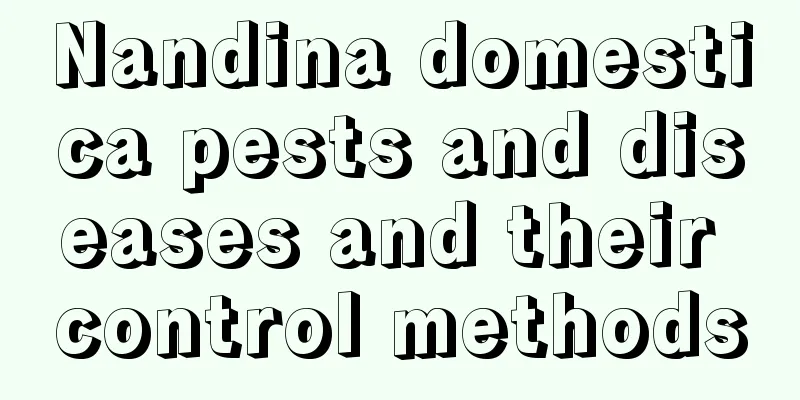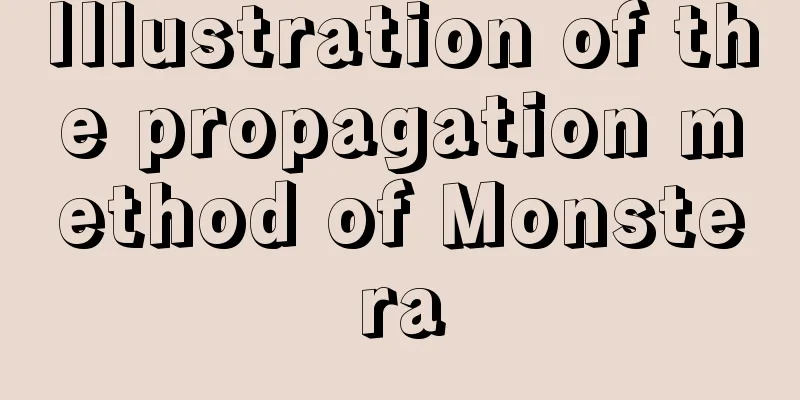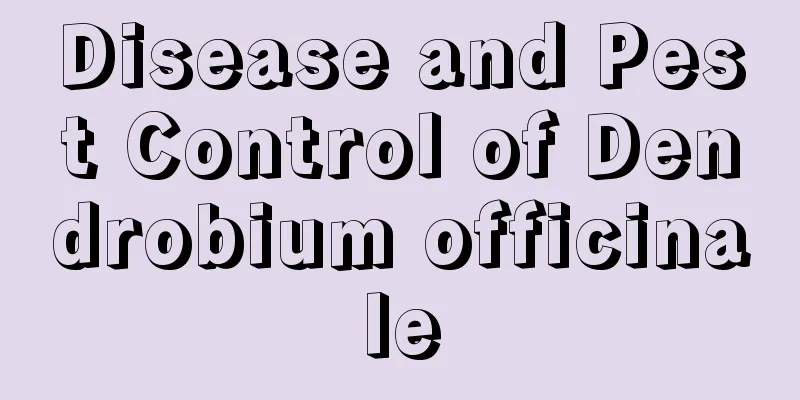Nandina domestica pests and diseases and their control methods

Nandina domestica disease 1: red spot diseasesymptomThe disease mostly occurs at the tip or edge of the leaves. At first, the lesions are brown spots, which then expand to semicircular or wedge-shaped lesions with a diameter of 25 mm to 50 mm. The lesions transition from light brown to dark brown from the center to the outside, with a wider red halo on the outer edge that appears slightly radial. In the later stage of the disease, clusters of sooty lumps will grow on the lesions, and the color is gray-green to dark green. Prevention and treatment methods(1) Remove diseased leaves promptly and bury or burn them. When there are many diseased leaves, you can keep some of the less infected leaves for viewing, and then remove the diseased leaves after the new leaves unfold in the spring of the following year, so as to control the source of the pathogen. (2) Before the onset of spring red spot disease, spray methyl thiophanate wettable powder or mancozeb, or new fungicides, once every 10 to 15 days, for 2 to 3 times in a row. Nandina domestica disease 2: AnthracnoseSymptoms: The disease occurs on the leaves, initially as small brown spots, which gradually expand into spots of various shapes with dark brown edges. When small lesions gather into large lesions, they may even occupy more than half of the area of the leaflet. In the later stage, many small raised black spots will appear on the lesions. When the weather is humid, pink sticky lumps will appear on the small black spots. Prevention and treatment methods(1) Remove diseased leaves promptly and burn or bury them in batches. (2) Spray thiophanate wettable powder during the disease season, once every 10 to 15 days, for 3 times in a row. Nandina domestica pestsLooperLiving habits: Overwinter in the form of pupae in the soil around tree trunks or under rocks, begin to emerge in April to early May of the following spring, and the peak period of emergence is mid-to-late July. Prevention and treatment methods(1) Manual digging of pupae. Carry out this operation in areas with severe insect infestation, in early spring or late fall. (2) Use black light to lure and kill adults during their emergence stage. (3) Spray cypermethrin or trichlorfon before the larvae reach the fourth instar. |
<<: Diseases and Pests of Silk Flower and Their Control
>>: Diseases and pests of cinnabar root (weed seeds) and their control
Recommend
How to propagate the butterfly lotus
The propagation of the plant of the butterfly lot...
What is the best month to plant red pine mushrooms?
When to plant red pine mushroom Red pine mushroom...
The cutting propagation method and time of Christmas cactus (the best cutting period for Christmas cactus)
According to its growth characteristics, the plan...
How to grow sprouted potatoes into potted plants (how to grow potatoes in pots at home)
How to plant sprouted potatoes in pots In spring,...
How to grow kapok flowers? Can they be planted in the north?
1. How to grow kapok 1. Light: Kapok plants prefe...
How to grow colorful crayon succulents
Cultivation method of colorful crayon succulent C...
It would be strange if these 80 kinds of flowers could be grown well without fertilizer
1 Gardenia Gardenia likes fertilizer very much. W...
How to trim the coral
When to prune the coral The coral reef is a succu...
Water bamboo cultivation methods and precautions
Soil culture method: Soil: The soil for growing w...
Avocado pest and disease control, avocado seedling pest and disease
1. Anthrax This is an important disease of avocad...
Mint planting technology and maintenance methods
For friends who love to grow plants, it is a wise...
What fertilizer should be used for fertilizing photinia? Compound fertilizer is used to grow photinia bonsai well
The Chinese photinia is a plant that is relativel...
What to do if the tiger skin plant does not sprout new shoots
1. Change to a larger pot (1) Specific reason: If...
A young man born in 1994, who lives with 400 flowers and succulents as his companions, lives a more beautiful life than a woman!
Mango, lime, pineapple, Bell peppers, carrots, ca...
What are the characteristics of sunflowers? What colors are sunflowers?
1. What are the characteristics It is characteriz...









